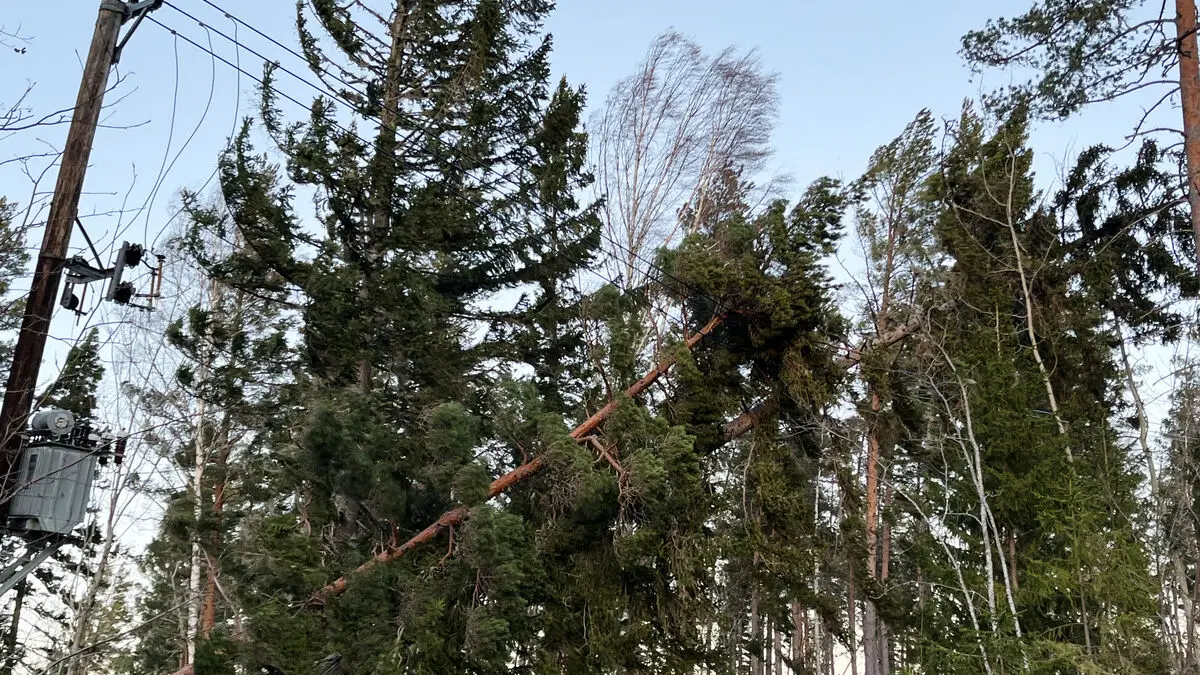The April weather is no myth, says Magnus Joelsson, climatologist, meteorologist and doctor in physical chemistry at SMHI. That it can feel like summer one moment – to then change into snowfall – has its explanations.
One reason is that the sun has started to warm more and longer, and that the frost is leaving the ground. This makes the air closest to the ground warm up faster, and then rise and can form cumulus clouds.
I get very happy when I see these tufts in the sky. It's the meteorologists' special spring sign, he says.
Freezes quickly
The rest of the air is still colder and drier than during the summer. This makes ice form faster in the clouds and at a lower altitude than during the summer. The sunshine can therefore quickly change into precipitation.
In the spring, you can also get showers, snow squalls or snow hail from actually quite thin clouds, says Joelsson.
Dry air can also absorb moisture faster. It then becomes heavier and sinks.
Then you can get these cold wind gusts, which are typical for April.
Air masses in motion
April is also a month when cold air masses can still come in from the north, or warm ones from the south, which makes it possible for large variations between different days or weeks.
You might think that similar weather could occur again in the autumn. But that's not quite right. One reason is that the oceans are still warmed up then.
Then you get other weather phenomena, then it might become fog when warm and humid air cools down over cold land. It's not quite the same thing as in the spring, says Magnus Joelsson.
+ Cold air can move in from the north, while the sun warms the ground and the frost leaves the ground.
+ Cumulus clouds form that quickly cool down and can form snow, rain or snow hail.
+ Last year, -34.6 degrees were measured in northern Tornedalen in April, while Gothenburg had 23.3 plus degrees during the same month.
Source: SMHI





